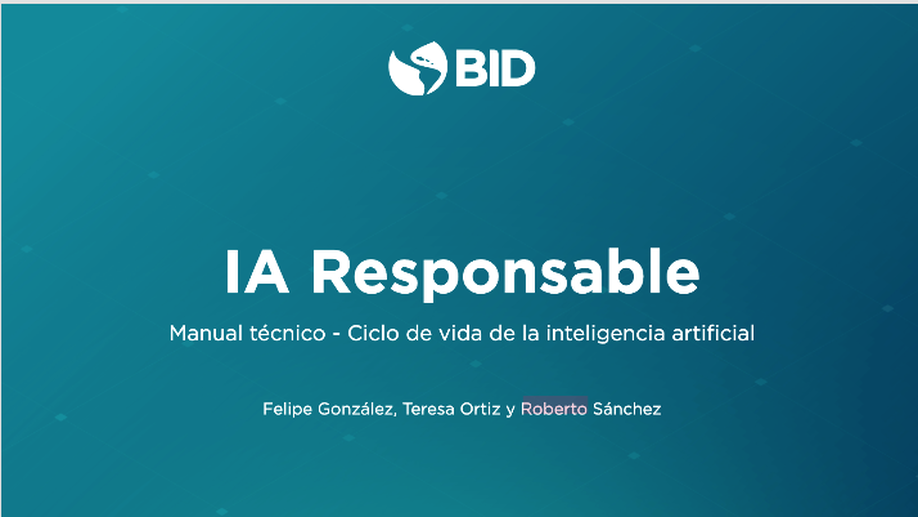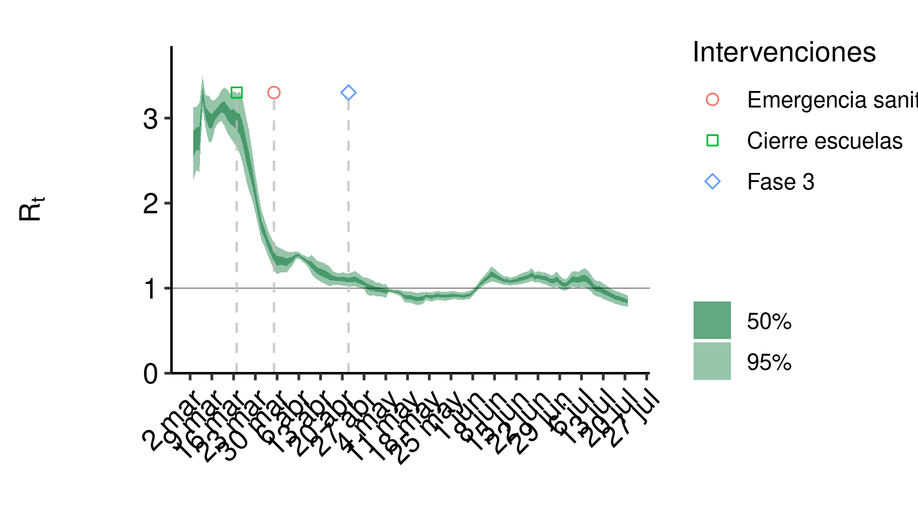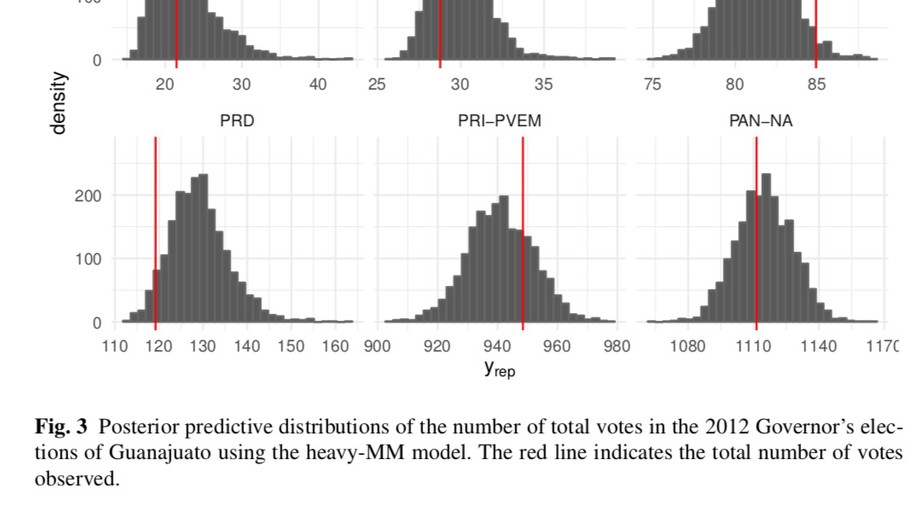Projects

Responsible AI
Artificial Intelligence (AI) presents a unique opening to promote equality of opportunities and improve the quality of life of people of Latin America and the Caribbean. However, the responsible use of AI is essential and poses major challenges. In this work, sponsored by the IADB, we focus on the subset of challenges that are related to technical processes throughout the life cycle of AI as a decision-making/support system. Our objective is to set recommendations in order to avoid results that are contrary (and often unexpected) to the goals of decision makers. These goals are varied: they can refer to undesirable consequences from the point of view of decision makers, wasting of resources due to inadequate targeting or any other objective that the decision maker is seeking to achieve.

COVID-19 State-Level estimates for Mexico
We adapted the semi-mechanistic Bayesian hierarchical model of COVID-19 epidemiological dynamics found in Flaxman et al. (2020) to produce state-level estimates of the number of infections and the time-varying reproduction number (the expected number of secondary cases caused by each infected individual) as a function of human mobility. Here we explain the model in detail and the assumptions made for Mexico and here we show state-level estimates (latest update is August 2020). We also published an article in the Mexican newspaper Nexos explaining the model results here.

Quick-count MX
In Mexico quick-counts take place whenever major elections take place. For the quick-counts a probabilistic sample of polling stations is selected in advance and estimates are presented in the election night. The complete samples are rarely available to publish the results in a timely manner hence the results are announced using partial samples which have biases. We developed a Bayesian hierarchical model that includes demographic and geographic covariates, the model reduces the biases associated to such covariates. The model was used, among others, for the 2018 quick-count organized by the electoral authority. Here we explain the model in detail and here is an R package with the model implementation, and here is a published paper with the methodology for one of the models we used.